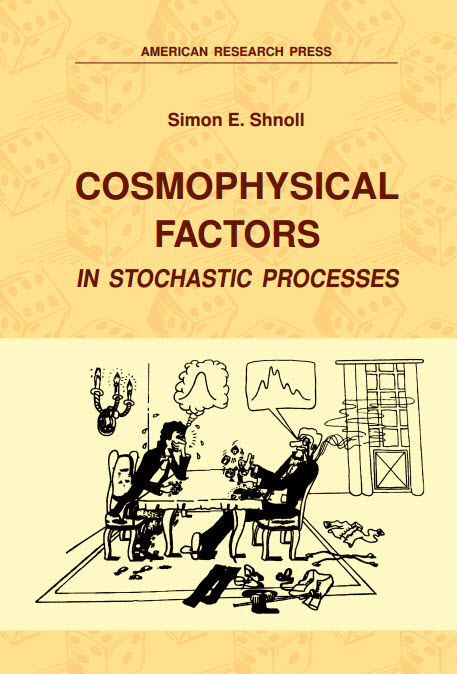"With the help of a mysterious pill that enables the user to access 100 percent of his brain abilities, a struggling writer becomes a financial wizard, but it also puts him in a new world with lots of dangers."I didn't watch to the end. Somewhere in the middle, I left the room - I was afraid that the movie would not have a happy ending. That's how I am. Anyway I was thinking about these pills that can make you work as a genius, with passion, with fun, and also with success. So I went back to my desk and the PC, and then, accidentally (looking for something else) I stumbled on a book about "How to become a genius". Apparently there is a whole technology, and it works!
If you want to be a genius (or at least to acquire some skills that will help you to make some steps in this direction), check out this site: MATRIZ
"Welcome to MATRIZThe founder of this methodology tried to convince Stalin (around 1940) that implementing it would give the Soviet Union benefits. The result was that he was sent to a gulag for 25 years because he dared to suggest that the Soviet Union at that time had not achieved perfection with a full complement of brilliant people working at full capacity.
For many centuries creativity was viewed as a gift, a natural ability, inherent in a very small number of people. This opinion was challenged by G. S. Altshuller in the middle of last century. "Creativity," he said, "could be taught and learned." Thus, TRIZ, the Theory of Inventive Problem Solving, was born. ...."
Although the methodology has been developed in USRR and Russia, there is also enough to read and learn in English.
But I am digressing from the main subject of this article, so let me digress a little bit more: If you want to become a genius, you need stop having fear that you will be considered a "heretic". If you are not a heretic - you have no chance!
So, let us be heretics. Let us discuss problems that at least sound heretical - perhaps not enough, but one has to start somewhere.
As we all know we have good days and bad days. As John Denver puts it: Some days are diamonds, some days are chunks of black coal.
Some days we are really creative, some days we are just tired. How does it happen? Well, there are many known factors that we can have control of (provided we want it!): our physical health is one such factor. Here regular exercises, proper diet etc. play an important role. Another factor is our environment - the people around us. This is harder to take care of because we often get into relationships under illusions and delusions and find that knots are not so easy to untie. But even if we know, do we really want to change our misery? Perhaps misery brings us some rewards? There are creative and there are destructive forces inside us. What is controlling these forces? The positions of stars and planets? Our Sun? Or our Moon? Unknown cosmic factors, perhaps?
And here we are, finally back to the main subject. It is a serious problem, so let me start to be serious now (actually, I am serious all the time - or as much as I can afford to be).
There is a serious thick book available online about the influence of cosmic factors on biological life on our planet. The book has the title 'Cosmophysical factors in stochastic processes':
The author, Simon E. Shnol, has his own lab:
"Hypotheses non fingo" - Isaac Newton
Shnoll Lab
The laboratory of cosmic physical factors in the earthy processes
We read there:
About the LaboratoryThe point is that nowadays, in the computer age, we can analyze enormous amounts of data - in ways that were formerly impossible. What we learn this way is that cosmic cycles, some of known - and some of as yet unknown - origin, are reflected at all levels. They influence our lives through biological processes going right down to the nuclear level!
This is a virtual laboratory and website established on the agreement of Prof. Simon E. Shnoll, in order to help safeguard and develop the primary research results in biophysics obtained by him commencing in 1954. All research results, experimental data, and software of the Shnoll Lab presented herein are distributed according to the Budapest Open Initiative. This means, in particular, that distribution of the data for non-commercial, academic or individual use can be made by any user without permission or charge.
Simon El'evich Shnoll (b. March 21, 1930, in Moscow, Russia) is a prominent biophysicist who discovered, in 1954, the fundamental oscillatory modes in biochemical reactions. He also conducted research studies of the chemical oscillating reactions, which then gained a prominence to his students Belousov and Zhabotinsky. Commencing in 1963, Simon Shnoll heads the Laboratory of Physical Biochemistry at the Institute of Biophysics in Puschino, the small "academic" town located in 96 km to South of Moscow. He is Full Professor at the Department of Physics, Moscow State University. He authored over 200 scientific papers, and three books: Physico-Chemical Factors of the Biological Evolution (1979), Heroes, Villains, and Conformists of the Soviet Science (2001), and Cosmophysical Factors in Stochastic Processes (2009). The asteroid Shnollia was named after him.
The nuclear level has been also analyzed by another prominent Russian physicist, A. G. Parkhomov, who publishes his non-heretical research in serious scientific journals in English. Like this one:
Power Spectrum Analysis of LMSU (Lomonosov Moscow State University) Nuclear Decay-Rate Data: Further Indication of r-Mode Oscillations in an Inner Solar TachoclineOr like this one:
Peter A. Sturrock a,
Alexander G. Parkhomov b,
Ephraim Fischbach c,
Jere H. Jenkins d
a Center for Space Science and Astrophysics, Stanford University, Stanford, CA 94305-4060, USA
b Institute for Time Nature Explorations, Lomonosov Moscow State University, Moscow, Russia
c Department of Physics, Purdue University, West Lafayette, IN 47907, USA
d School of Nuclear Engineering, Purdue University, West Lafayette, IN 47907
An Analysis of Apparent r/Mode Oscillations in Solar Activity, the Solar Diameter, the Solar Neutrino Flux, and Nuclear Decay Rates, with Implications Concerning the Sun's Internal Structure and Rotation, and Neutrino ProcessesThese are non-heretical papers: yes, there are indeed cosmic effects that not so long ago no one would believe in, no journal would dare to publish, but nowadays they have been confirmed in different labs, and they can be "explained away" by blaming dark matter, dark energy and elusive neutrinos. My, how times have changed. What was heretical some ten years ago, nowadays is almost main-stream science.
P.A. Sturrock a,*
,L. Bertello b,
E. Fischbach c
,D.Javorsek II d
J.H. Jenkins c e,
A. Kosovichev f
A.G. Parkhomov g
a Center for Space Science and Astrophysics, Stanford University, Stanford, CA 94305P4060, USA
b National Solar Observatory, 950 North Cherry Avenue, Tucson, AZ 85719
c Department of Physics, Purdue University, West Lafayette, IN 47907, USA
d Air Force Flight Test Center, Edwards AFB, CA 93524, USA
e School of Nuclear Engineering, Purdue University, West Lafayette, IN 47907
f W. W. Hansen Experimental Physics Laboratory, Stanford University, Stanford, CA 94305, USA
g Institute for Time Nature Explorations, Lomonosov Moscow State University, Moscow, Russia
But A. G. Parkhomov also publishes in Russian. There, in Russian journals, he writes about his more heretical views. About the phenomena that no one yet knows how to explain, though there are a number of different hypotheses. Parapsychology, alchemy and esoteric science meets there with serious physics, mathematics, biology, information theory ...
Some of this will be the subject of the next article in this series. Stay tuned!





It's worth it.